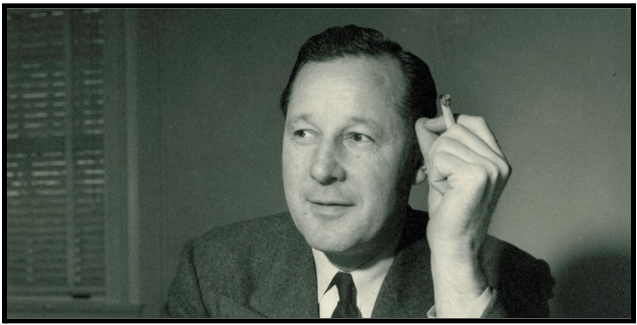“The aim is to make this audience want to hear this speaker on this subject.”
~ Stephen Lucas, The Art of Public Speaking
Speeches of introduction deserve thoughtful preparation. There are three goals they should achieve:
- CREDIBILITY: Establish the speaker’s expertise.
- ENTHUSIASM: Get the audience excited for the speaker and topic.
- RELEVANCE: Clarify how the topic relates to the audience.
These guidelines will help ensure you achieve all three goals and crush your speeches of introduction:
RESEARCH
- Begin early. Give yourself time.
- Gather more content than you plan to use:
- Key ideas and stories related to the topic.
- How the topic is connected to the audience.
- The speaker’s background, qualifications, connection to topic, connection to host/you, any relevant surprising insights.
- Clarify why this audience should care.
ORGANIZE
- Pull your content together into a coherent structure.
- Dale Carnegie suggested using the T-I-S Formula for organizing introductory remarks:
- T — Topic: Begin with the talk’s title. Then quickly explain the topic.
- I — Importance: Connect the topic to the audience. Make it clear why the audience should care.
- S — Speaker: Ham up the speaker, highlighting key and relevant qualifications. End by stating the speaker’s name.
- Other experts suggest this order:
- Speaker
- Topic
- Importance
- Test them both. Get creative. Decide what works best for you.
ACCURATE
- Be 100% certain that everything in you’ll say is true.
- Consider showing the speaker (or the speaker’s assistant) your remarks in advance. At least your bullet points.
- Make sure you are saying the speaker’s name correctly. If there’s any chance the name has an unusual or difficult pronunciation, get clarification in advance.
BRIEF
- Trim your content down to key highlights.
- Shoot for a minute. No more than two.
- If you’re close to three minutes, cut your remarks in half.
PERSONALIZED
- Adapt to the occasion:
- Formal settings call for a more formal introduction.
- For informal settings be casual and speak from the heart.
- Consider how best to make the speaker feel comfortable:
- Avoid anything that could be embarrassing.
- Don’t create expectations that are impossible to meet.
PRACTICE
- Run at least five full reps in advance.
- Get to the point you feel comfortable delivering your remarks without looking at your notes.
EXTEMPORANEOUS
- Do not print up a website bio and read it from the stage!
- Speak in a conversational tone. A primary goal is to establish the author’s credibility. This doesn’t work if you’re reading your remarks.
- As you’ll stay brief and know your content and structure well in advance, you can focus on speaking in your own words in a sincere way.
- I’ve seen a popular Nobel Laureate give a speech to a friendly audience. We all had to politely wait while the introductory remarks droned on in pedantic detail. They were read from sheets of paper — with many words butchered — to a crowd that already knew the speaker’s accomplishments and topic quite well. This is precisely the approach to avoid.
EYES UP
- Look at the audience the whole time. You’re only speaking for a minute or two.
- Use your eye contact and enthusiasm to help get the audience’s attention and build their excitement.
DRAMATIC
- Have at least one impressive and relevant anecdote that you drive home.
- Save the speaker’s name for your final words.
- Pause before saying the name, ensuring the audience feels the climax.
And when you are being introduced, set yourself up for success. Send along a suggested outline or bullet points. Make sure the person introducing you gets a copy. This will significantly increase the odds they build your credibility, get your audience excited, and drive home why your topic matters.
For more, see #33: The speech most likely to get botched.
If you find this useful, please subscribe to our free weekly newsletter.



